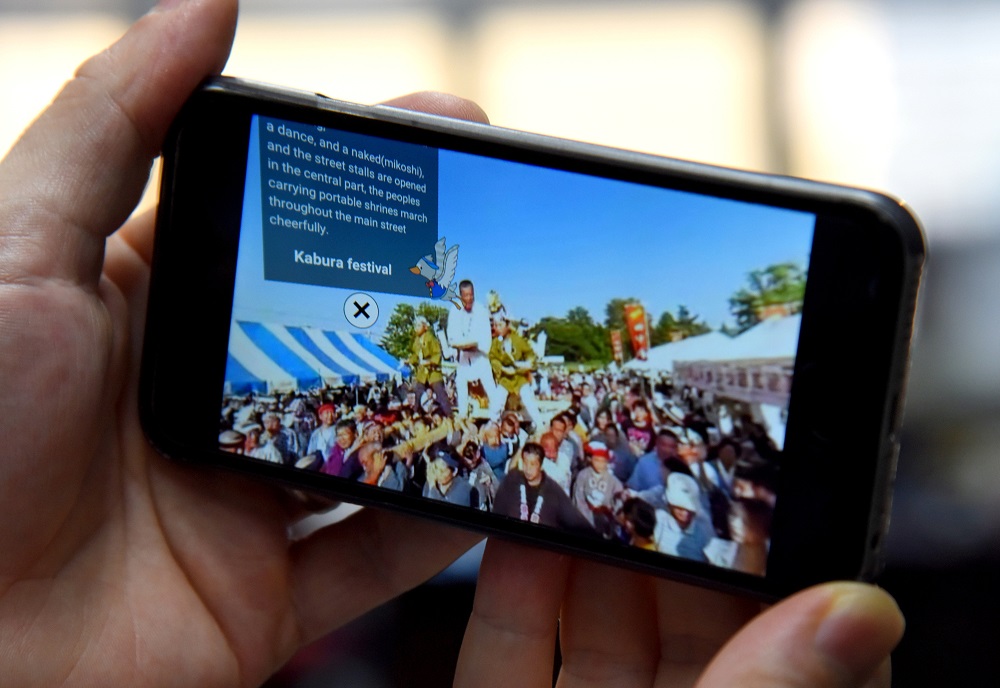The tourism sector can greatly benefit from virtual reality technology in general. Over in Japan, various towns are doing that exactly. In the hopes of attracting more tourists, they are now developing dedicated smartphone apps with VR videos as content. It is an interesting turn of events, although this change was bound to happen sooner or later. More of these initiatives will be launched on a global scale if this venture proves to be successful.
Japan Banks on VR Tourism to pay off
It is remarkable how many use cases effectively exist for VR technology. Although not everyone will use virtual reality as a tool in the tourism industry, there are certainly advantages to doing exactly that. Various Japanese municipalities have acknowledged there is a lot of positive momentum this industry. As a result, they are actively developing VR videos to be embedded within dedicated tourism apps. Japan is in the process of heavily marketing its appeal to tourists right now.
More specifically, the government wants to improve the number of foreign visitors by 2020. With the Olympics and Paralympics of 2020 around the corner, a lot of new efforts will be launched. The target is reaching 40 million foreign visitors or more in the next three years. It is a very ambitious goal, considering last year saw “only” 24 million foreign visitors. There is a lot of charm when it comes to Japan, though, but not everyone considers it to be a go-to location either. Whether or not VR content can change all of that, remains to be determined.
One of the cities in Japan banking big on VR is Bibai. The city has created and maintained a free VR app to attract more tourists since 2015. It is safe to say they are one of the early adopters of this technology for tourism purposes. Users can experience 360-degree views of the city’s main attractions by using their smartphones. The concept is simple and free and seems to be well appreciated so far. Moreover, this app is available in English, Chinese, and Thai, as well as Japanese.
All of these digital apps may not necessarily be the right approach, though. It would make a lot more sense if there was one overarching app to promote tourism in Japan with the use of VR content. We may see some overarching solution in the long run, but for now, individual apps remain the go-to solution. It is still an interesting idea nonetheless, as it also improves the amount of content VR headset owners can access these days. One downside is how some of the video content is of poor quality, which makes it far less appealing to the masses. These issues can always be worked out at a later date, though.
If you liked this article make sure to follow us on twitter @thevrbase and subscribe to our newsletter to stay up to date with the latest VR trends and news.












